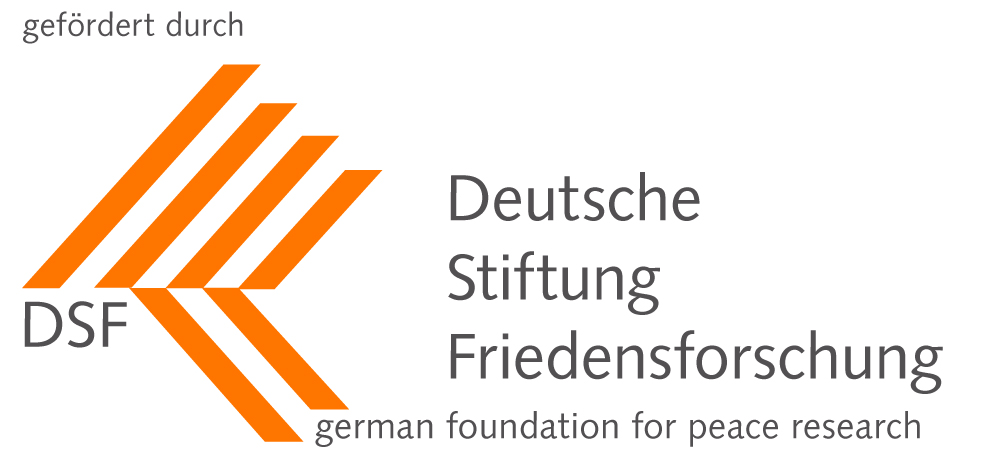



Researchers: Mathias Pilch, Jürgen Altmann
Period: September 2019 - August 2021
This research is being funded by the German Foundation for Peace Research (DSF).
Small and very small armed uninhabited aerial vehicles (UAVs) and missiles are actively pursued in military research and development. Despite limited payload, militarily significant damage could be achieved by very high precision, by hitting sensitive spots, and by attacking in swarms. Principally, UAVs and missiles down to 1 mm size and below could be built in the future. Wide-spread deployment can endanger arms control, destabilise the military situation between potential adversaries, and provide qualitatively new tools for terrorists. From a natural-science and technical viewpoint, in our project the current status and trends will be analysed and used to extrapolate developments over a period of 5-10 and 10-20 years. Options for preventive limitations and their verification will be considered systematically, too.
Based on databases, scientific and internet publications, small and very small armed UAVs and missiles deployed and used worldwide will be listed with their properties, with a look at non-armed systems that could be provided with or used as weapons. The main outcome will be a list of small armed UAVs and small missiles already deployed, detailing their basic properties (total mass, type and mass of payload, speed, endurance/flight duration, range, communication potential, sensor and processor capabilities), as far as they will be available. For comparison, a few small anti-tank or anti-air missiles will be given, too. Exports to non-producer states and non-state actors will be included.
These lists will already allow statements about horizontal and vertical proliferation at present and in the future. They will show the state of technology and the scale of research and development efforts in the most relevant countries (USA, China, Russia), but also in selected other countries (e.g. Israel, India, Iran, South Korea) where information will be available.

Based on the research and development efforts identified, on planning documents and forecasts, the properties and capabilities of small and very small armed UAVs and missiles to be expected in 5-10 years and in 10-20 years will be explored. The results will be the basic properties that could be achieved probably: total mass, payload and its damaging potential (for explosive as well as non-conventional agents), speed, maximum flight duration, range, communication potential, sensor and processor capabilities, including estimates of the respective variability. In case such system properties will be (partially) available from literature, we shall build on this, applying our own analysis for corroboration or to fill gaps. A special analysis will be devoted to the question if and how easily such systems would be accessible for non-state actors, e.g. with the help of additive manufacturing, and what degree of sophistication could be achieved in comparison with state-funded, large-scale development.
Military effectiveness will be assessed, with the main focus on combat against a technologically about equally competent adversary, including surprise attacks. Obviously small armed systems have only little destructive capability so that normal armour will often provide sufficient protection, but there may be soft spots (antennas, sensors etc.) where small, but highly precise attacks could produce significant effects. Also numbers and cost will matter.
3. Small and very small armed UAVs and missiles in the framework of preventive arms control
Small and very small armed UAVs and missiles may bring particular dangers (for arms control/international humanitarian law, for international security/military stability, for humans/environment/society), so that preventive limitations are to be recommended. Existing and expected systems will be assessed under the standard criteria of preventive arms control. Limitation or prevention options will be considered systematically.
The different kinds that have been found under goal 1 or come out as possible or plausible under goal 2 will be judged with respect to:
Because it is to be expected that strong dangers under one or more of the criteria will be found, limitation or prevention options will be considered systematically, taking into account the different kinds (e.g. by size, payload, speed, weapon effect), civilian uses, potential criminal/terrorist uses. Verification methods and means will be conceived and evaluated under various aspects, among them: providing sufficient assurance of compliance and sufficient probability of finding relevant violations; minimizing negative effects on civilian uses, limiting military as well as civilian intrusiveness.
